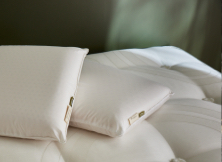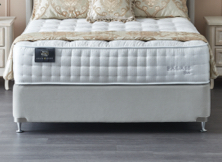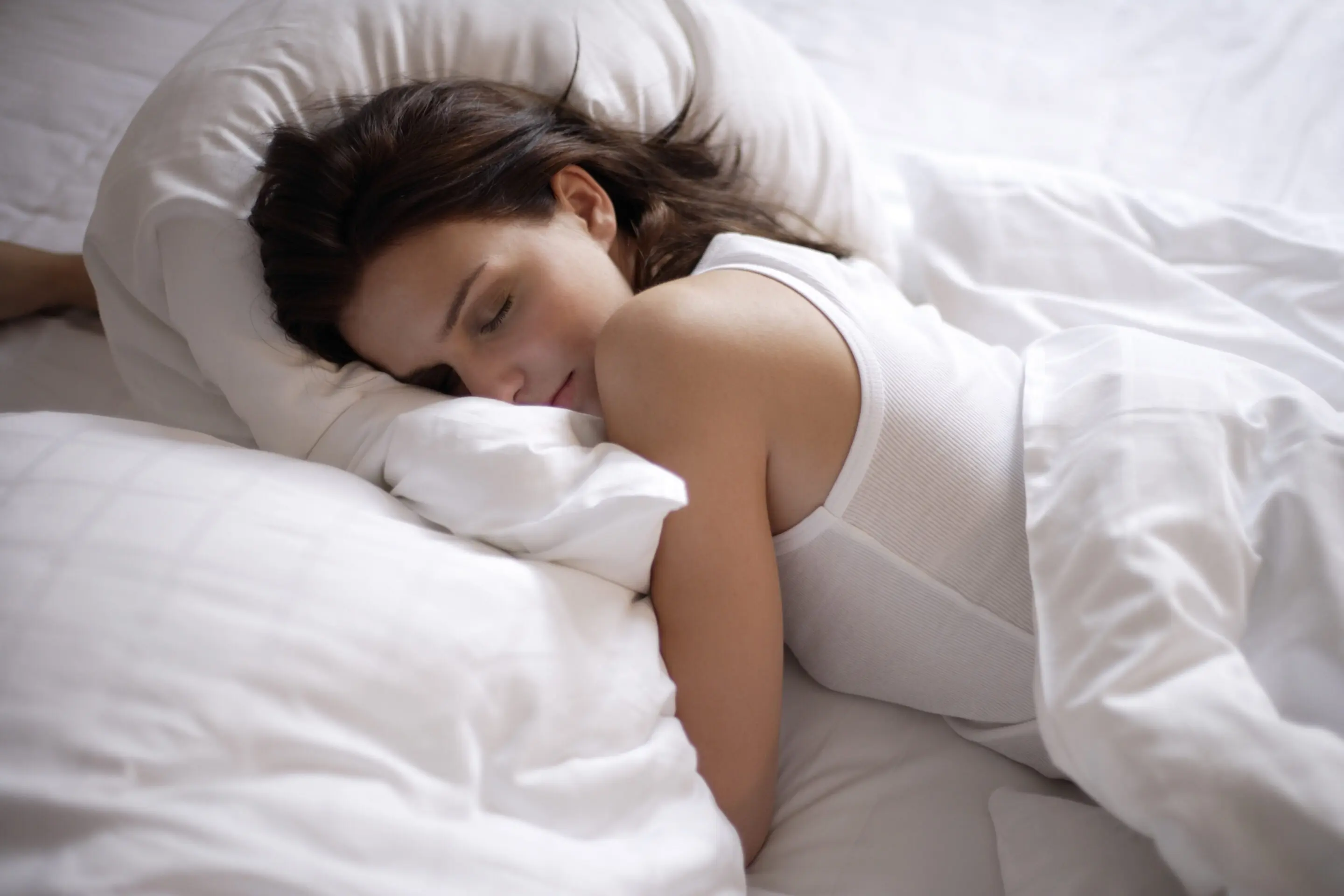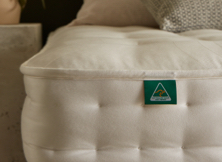
Most of us are allergic to something: penicillin, dairy, or even grass. But while you can make a point to avoid eating certain foods or taking certain medications, there’s one thing that is tough to avoid: your environment. World Allergy Week is 13 – 19 June 2021 and raises awareness about living with allergies.
Around 1 in 5 Australians and New Zealanders have some kind of environmental allergy, which leaves us with a runny nose or sneezing throughout the day. What’s worse, environmental allergies don’t just wreak havoc on our lives when we’re awake. Allergens irritate your nasal passages, making it incredibly tricky to get a restful night’s sleep.
If environmental allergies are keeping you from getting decent shuteye, you need to pinpoint exactly what it is that triggers your allergies, then rid your home and sleep environment of it. From pollen to pet dander, we take a look at the most common allergens out there.
What exactly are environmental allergies?
Environmental allergies are our immune system’s response to certain particles in our surroundings. These allergens are typically airborne, meaning they float through the air and we come into contact with them or breathe them in during our daily activities. These particles may then cause our airways, nose or sinuses to become swollen and inflamed, or cause eczema to break out on our skin.
When it comes to symptoms, each person is different. However, the most common signs of environmental allergies include sneezing, coughing, sniffling and congestion — as well as sleep disorders, such as snoring and sleep apnea.
The 6 most common environmental allergens
There are two types of environmental allergies: indoor and outdoor. Indoor allergens are typically caused by things that are already in our homes, while outdoor allergens generally come from pets and people bringing particles inside, or open windows.
Regardless of which type of allergen it is, when we breathe these in during our sleep, it can affect our sleep quality and leave us feeling fatigued during the day.
So, what are the biggest allergy culprits in our homes, and what can you do about it?
1. Dust mites
Dust mites are the most common indoor allergy trigger for Australians and New Zealanders, precisely because they thrive in humid areas such as coastal cities or towns. These tiny creatures can’t be seen without a microscope, and feed off small particles including dust, pollen, fungal spores, and human skin scales.
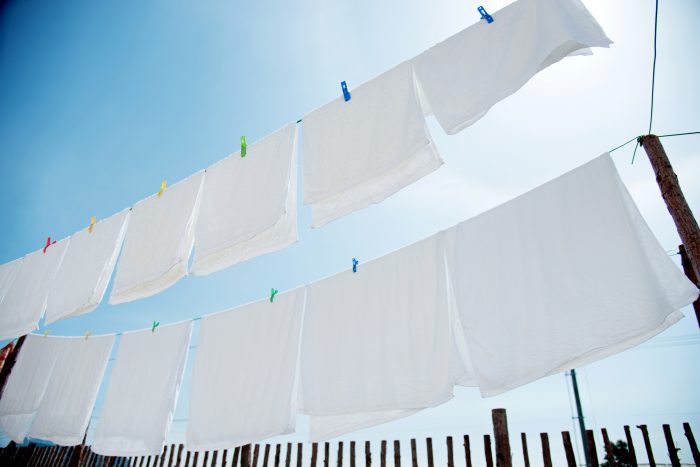
Dust mites love to hide out in our mattresses, pillows, couches, and carpets — creating significant problems when it comes to getting a good night’s rest. Unfortunately, it’s impossible to get rid of them entirely if you have an allergic reaction to dust; but regularly washing your bedding in hot water, letting light into your room, and investing in hypoallergenic bedding or an anti-allergy mattress protector can help reduce your exposure to these microscopic bugs.
What is a hypoallergenic mattress? An anti-allergy mattress is antimicrobial and dust mite-resistant, helping to create a clean and hygienic sleeping surface for a restful night’s sleep. The best allergy-friendly bedding in Australia carries the Sensitive Choice blue butterfly logo, which means they’re recognised by the National Asthma Council for providing long-term protection against dust mites, allergens, mould, and bacteria.
2. Pollen

If dust mites are the most common indoor trigger, then pollen is the prime outdoor culprit.
Pollen is the pesky allergen that leads to spring allergies like hayfever. When someone has a pollen allergy and breathes in these particles, the immune system mistakes it for a dangerous intruder and creates an allergic reaction in the body. Hayfever can happen throughout the year, but cases spike around spring and summer when airborne grass pollens are at their peak.
Unless you want to hole up indoors for a quarter of the year, it’s tricky to avoid pollen entirely if you have an allergy. Luckily, you can take antihistamines or similar medications to help reduce symptoms, and keep windows and doors closed during windy days to minimise the number of particles that enter your home.
3. Pet dander

We love our pets, but that doesn’t mean our bodies always feel the same way! When your cat or dog sheds their skin, these particles — known as pet dander — can trigger allergic reactions such as sneezing, itching and even hives. If these particles get on your bed, you might breathe these in while you sleep, and end up experiencing trouble sleeping.
This doesn’t mean that the only solution to your allergies is parting with your pet. Regularly washing your pets, and keeping them off your furniture helps reduce the amount of dander in your house. Don’t forget to vacuum the house regularly as well — or look into allergy-free carpet if you’re still experiencing symptoms.
4. Mould
Another common culprit Down Under, mould and mildew are fungi that thrive in damp or humid conditions. They reproduce by sending spores floating through the air, which makes it easy to breathe them in while going about the day-to-day in your home — and people who are allergic to these particles will often experience sneezing, coughing or itchy skin. Mould and mildew are particularly common in dark, high-moisture environments like your ensuite, wardrobe, kitchen or basement.
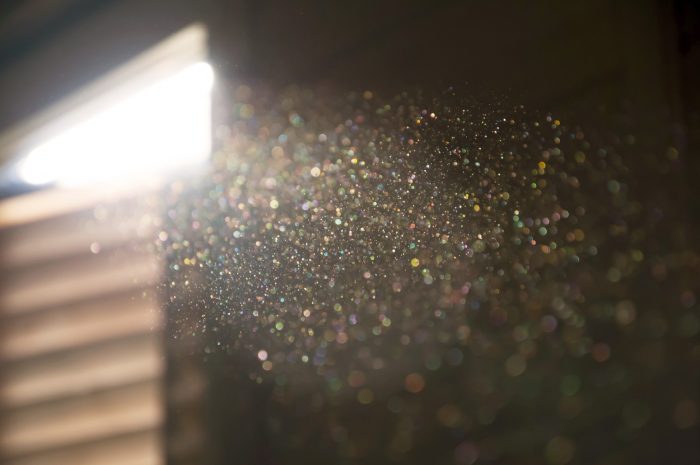
If you spot any signs of mould in your home, clean it up immediately, and regularly wipe down your bathroom and kitchen to stop it from spreading. At the same time, try to keep air circulating in your house by opening windows or using an air conditioner, invest in a dehumidifier, and seal off any leaks in your home.
5. Cockroaches
Although you probably don’t need another reason to shudder at the thought of cockroaches, here it is: the saliva and droppings from cockroaches can also trigger severe allergic reactions in many people. Like most other allergens, the best way to reduce triggers from cockroaches is to regularly clean your home. However, if you’re still having trouble, it might be worth investing in cockroach baits or bringing the professionals on board.
6. Cigarette smoke
Cigarette smoke is generally regarded as an irritant rather than an allergen. When people have existing environmental allergies, their airways are inflamed and hyper-sensitive — and cigarette smoke only exacerbates these issues.

If you’re a smoker or live with a smoker, you might find yourself experiencing more severe reactions to existing allergies, as well as nasal congestion and headaches. The best approach here is to avoid cigarette smoke entirely, including second-hand smoke.
Your bedroom should be a sanctuary for rest and relaxation. By investing in hypoallergenic bedding, cleaning regularly and keeping air circulating, you’ll set yourself up to get your best night’s sleep — and wake up feeling refreshed, energetic and ready to take on the day.
















